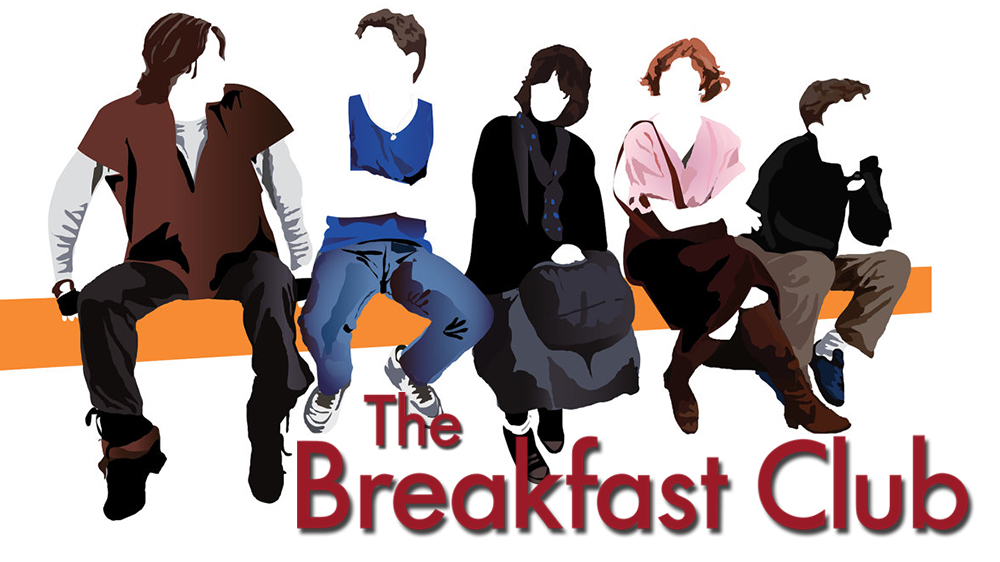The Breakfast Club

I recently watched the breakfast club again. Man, I love that movie! Lately, however, I have been seeing things through a different lens. As I was watching Alison, Claire, Bender, Brian, and Andrew painfully sacrificing their Saturday for detention, I began thinking about expectations. Specifically, lowered expectations. Of course, this theme is reinforced at the end of the movie when Brian agrees to write the essay that the school’s disciplinary principal, Mr. Vernon, Mr. assigned to the group earlier that morning. They are to write an essay about “who you think you are” and the violations they committed to end up in Saturday detention. This letter becomes the focal point of the movie because it is through Brian’s reflection, that he realizes how much they all of have changed throughout the day.

Mr. Vernon has ridiculously low expectations of Bender; in fact, Mr. Vernon’s private interactions with Bender illustrate the dangerous nature of this type of stereotyping. In a desperate attempt to use fear and aggression to gain obedience and respect, Mr. Vernon explains just how hurtful having low expectations for students can be.
So, what does all of this have to do with STEM education and innovative thinking? As I watched the closet scene again, wincing at Mr. Vernon’s threatening language, I felt compelled to having unapologetically HIGH expectations for ALL of my students. Don’t let what you think your students can do stand in the way of what they actually do. This means that when setting up the guidelines for a project, or explorative lesson, don’t limit your students thinking. I see this most often happen when I encourage teachers to use their projects to solve real-world problems, such as water treatment or irrigation problems in third-world countries, renewable energy solutions for countries without access to electricity or fossil fuels, or neighborhood violence.
A Design Challenge to Students: Solve a Real-World Problem!
Real-World Problem Solving: Project-Based Solutions
Many adults think that real-world problems are too big and too complicated for students. How could my fifth graders solve the problem of living in a dangerous neighborhood? Well, why not post this challenge?
CHALLENGE: Target 1-3 viable spaces that are underutilized and within walking distance to the school– generate a design proposal that serves the local community and is financially sound for the owner.
CRITICAL QUESTION: What kind of transformation design would serve the local community as well as provide a compelling and long-term solution for teenagers and space owner?
This could be a great community-based research project on how best to create safe spaces for students of all ages to utilize before and after school.
What about third-world problems?
Jules Walter taught villagers in Ghana to make charcoal from agricultural waste.
The point: students will exceed any expectations place upon them. We need to dream with students; not stand in the way of their dreams. Is it really that far-fetched to think that a student might solve a problem that has baffled adults for years? Kids bring with them a sense of reckless wonder and possibility that gives them such a unique and innovative perspective. Don’t believe me? Check out these videos:
Let’s work together to help students understand that they can use their education to make lasting changes to their lives and the world around. That is the power of STEM!

 Previous Post
Previous Post Next Post
Next Post